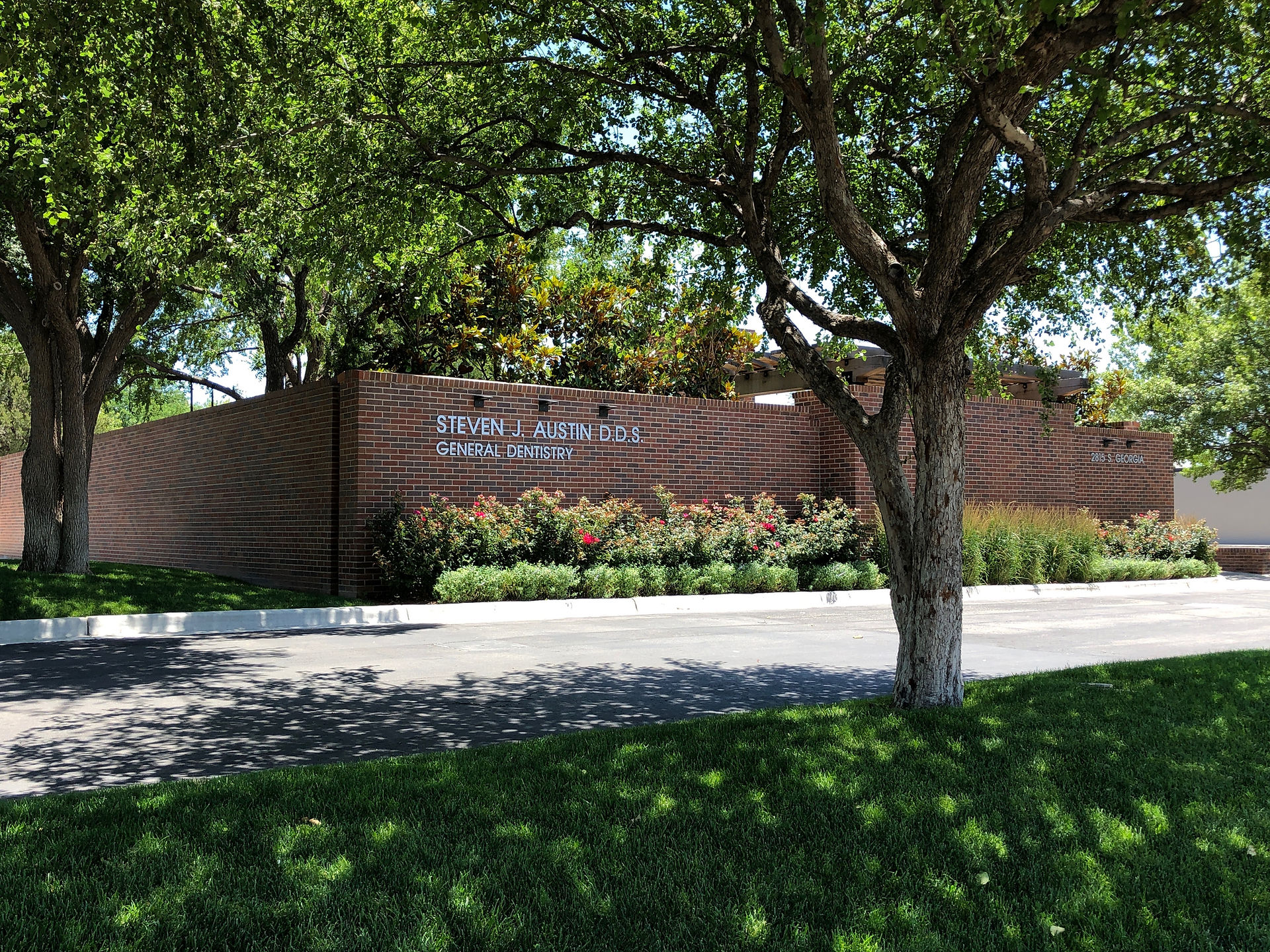

Keep Your Smile Healthy
Bone Grafts
Bone loss in the jaw impacts your oral function, smile, and candidacy for receiving dental implants. With advanced bone grafting techniques we can stabilize these areas by rebuilding and regrowing bone in the jaw. Bone grafting is most commonly done immediately after a tooth removal in order to maintain as much bone as possible for future implant placement.

Bone Graft Materials
With bone grafting we have the opportunity to not only replace bone where it is missing but also promote new bone growth in some locations. There are many types of safe and proven bone graft materials that can be used in bone grafting procedures, but here at Austin & Tatum Dental we choose to use the highly predictable allograft.
Allogenic Bone (Allograft)
Allogenic bone is bone harvested from another healthy human organ donor, not another species. This bone does not produce new bone on its own but serves as a framework, or scaffold, over which your own new, healthy bone can grow to fill in the area where more bone is needed.

Types of Bone Grafts
Socket Graft
Your tooth socket may be filled with bone grafting material immediately after extraction to prepare the site for an eventual dental implant. The socket is then covered with gum tissue or an artificial membrane while your body works to naturally repair the socket with the help of the bone grafting material.
Simultaneous Bone Grafting
During the placement of your dental implant it may be necessary to add additional bone graft to the area. This is dependent on the amount of bone available. There may be enough of your native bone present to place and stabilize the implant. Then, additional bone may be added to achieve ideal bone contours and ultimately a beautiful long-term result.
Sinus Lift
The sinus is a natural hollow space in the middle of the face that borders the upper arch of teeth. If the bone that separates the sinus from the oral cavity is too thin to support a dental implant, we may recommend a sinus lift procedure. For this procedure, a bone graft is placed in the jaw below the sinus membrane to augment the area.

Bone Graft Procedure
The bone grafting procedure can typically be completed in our office. The steps for the procedure include numbing the area with a local anesthetic, exposing the underlying bone, adding the grafting material to the jawbone, and then closing the incision with sutures. These sutures typically dissolve away on their own in a few days to a few weeks. A straightforward bone grafting procedure can be completed in less than an hour.

Free Cosmetic Consultation
Learn more without feeling pressured to make any kind of commitment. It's crucial that you take the time and effort to consider your options before you choose a restorative or cosmetic procedure, we will help you through the process!
